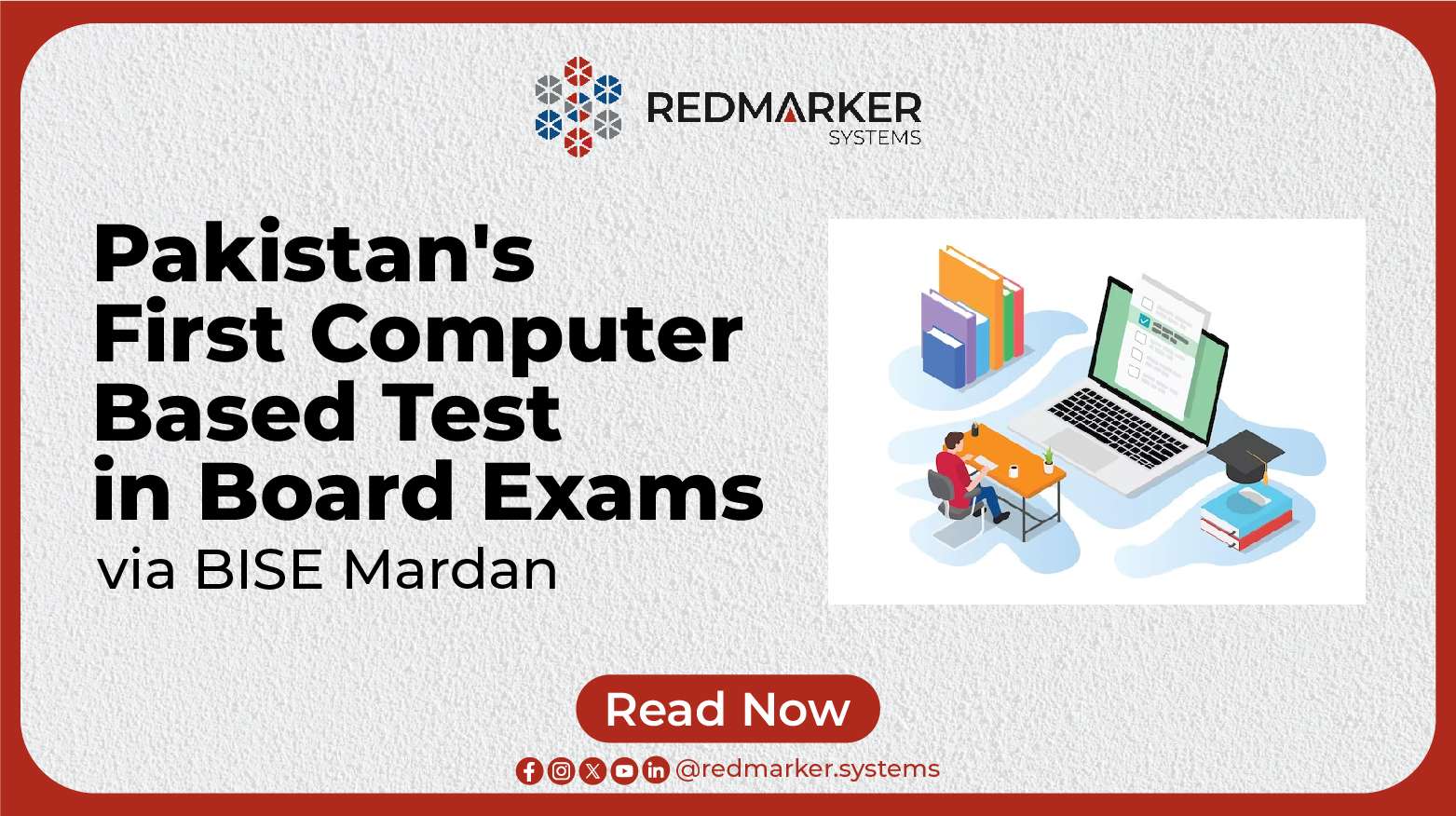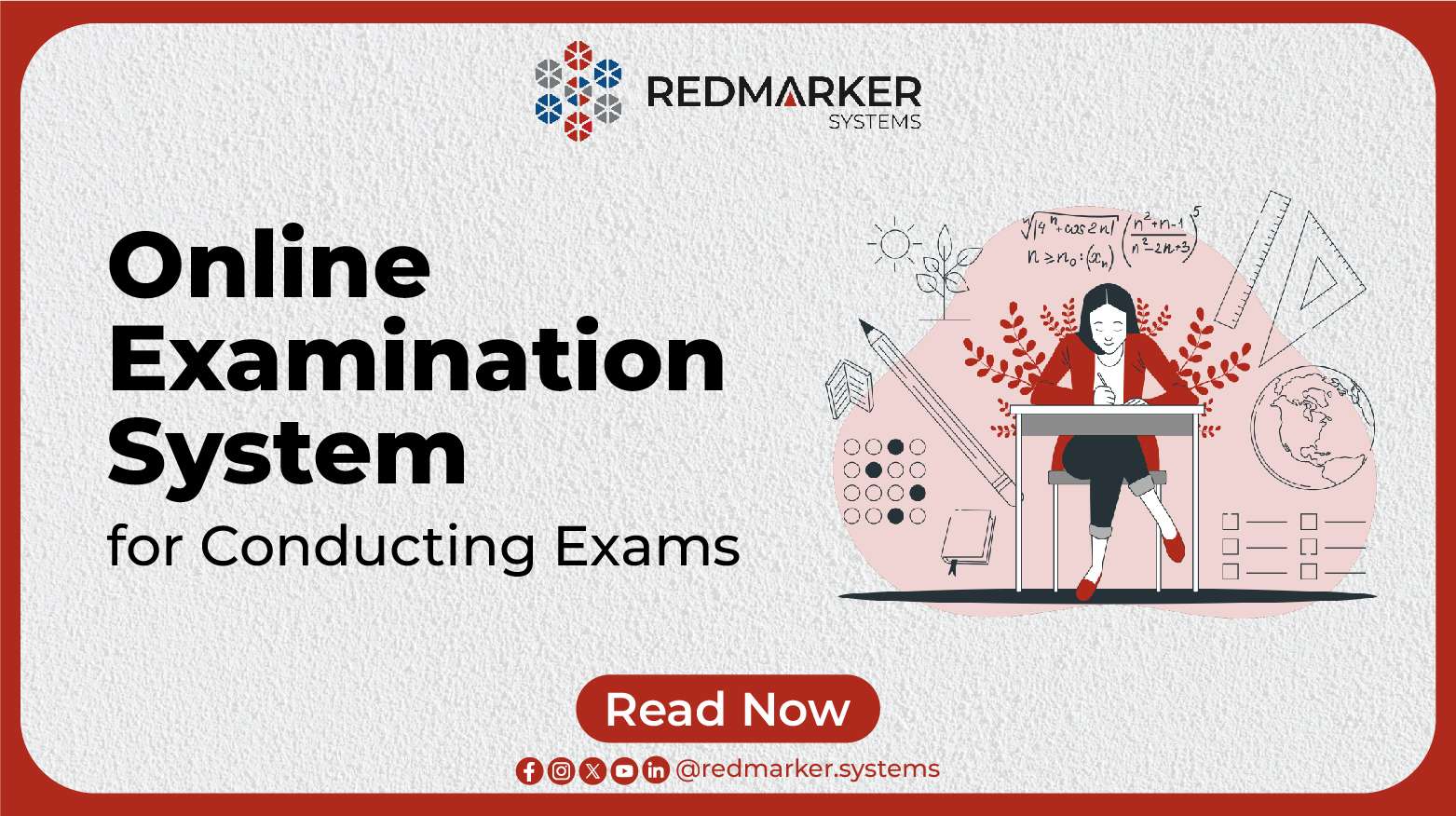Education technology is no longer a distant concept; it’s an integral part of modern education. In this comprehensive exploration, we will delve into the world of education technology solutions, discussing their profound impact, the various types available, the benefits they bring to the table, the challenges institutions may face when adopting them, how to choose the right solution, and even provide case studies showcasing successful implementations. We’ll also peer into the future and glimpse the exciting trends that lie ahead in the realm of education technology.
1. Introduction: The Tech Revolution in Education
Traditional chalkboards and textbooks are no longer the sole tools of education. In this digital age, technology has entered the classroom with a bang. Education technology, or EdTech, encompasses a wide array of tools and platforms designed to enhance the teaching and learning experience. From interactive whiteboards that bring lessons to life to sophisticated Learning Management Systems (LMS) that streamline course management, the possibilities are vast.
2. The Impact of Technology in Education
The integration of technology in education has fundamentally transformed traditional classrooms. It has turned them into dynamic hubs of learning where students no longer rely solely on textbooks but engage with multimedia content, collaborate with peers and experts online, and access a world of knowledge at their fingertips. The impact is profound; it is reshaping the educational landscape and how we perceive learning.
3. Types of Education Technology Solutions
3.1. Learning Management Systems (LMS): Navigating the Digital Classroom
Learning Management Systems, or LMS, are the backbone of many educational institutions today. These platforms, such as Moodle and Canvas, streamline course management by providing a digital space where educators can organize resources, assignments, and assessments efficiently. They simplify the administrative side of teaching, allowing educators to focus more on what matters most: teaching.
3.2. Interactive Whiteboards: A Canvas for Creativity
Interactive whiteboards have revolutionized teaching. They enable educators to project interactive lessons, turning passive learning into an engaging, immersive experience. With a simple touch, educators can draw diagrams, play videos, and encourage student participation, making learning more enjoyable and effective.
3.3. Online Assessment Tools: Instant Feedback for Continuous Improvement
Online assessment tools have become indispensable in modern education. They provide instant feedback to both educators and students, aiding educators in evaluating student performance effectively. These tools also allow students to gauge their progress, making them an essential part of the learning process.
3.4. Virtual Reality (VR) in Education: Stepping into the Unknown
Virtual Reality (VR) is no longer confined to the realm of gaming; it has found its way into education. VR technology transports students to virtual worlds, making complex subjects tangible and comprehensible. It’s a game-changer for subjects like biology, where students can explore the inside of a cell or travel back in time to historical events.
4. Benefits of Implementing Education Technology Solutions
4.1. Enhanced Engagement: Making Learning Fun
EdTech solutions have the remarkable ability to make learning enjoyable. They captivate the attention of even the most disengaged students by presenting information in interactive and visually appealing ways. Concepts that once seemed dull now come to life, creating a sense of excitement and curiosity.
4.2. Personalized Learning: Tailored to Individual Needs
Every student is unique, and EdTech recognizes that. Adaptive learning algorithms tailor content to individual student needs, ensuring they grasp concepts at their own pace. This personalized approach to learning maximizes understanding and retention, promoting student success.
4.3. Improved Accessibility: Education Without Boundaries
Technology has the power to bridge geographical gaps. It offers education to remote or underserved communities worldwide, expanding access to knowledge and opportunities. Whether you’re in a bustling city or a remote village, quality education is now within reach.
4.4. Data-Driven Insights: Informed Decision-Making
One of the most significant advantages of EdTech is the wealth of data it generates. Analytics from these tools provide educators with valuable insights into student progress. Educators can track performance, identify areas of improvement, and make data-driven decisions to enhance the learning experience.
5. Challenges in Adopting Education Technology Solutions
5.1. Cost and Budget Constraints: Balancing the Books
While the benefits of EdTech are evident, the cost of acquiring and maintaining technology can be a significant challenge for educational institutions, especially those with limited budgets. Finding ways to invest wisely while keeping costs in check is crucial.
5.2. Training and Adoption Hurdles: Embracing Change
Effective implementation of EdTech requires more than just purchasing the latest gadgets. It involves training educators to use these tools effectively and overcoming resistance to change. Faculty and staff must embrace technology as a valuable tool rather than a disruptive force.
5.3. Privacy and Security Concerns: Protecting Student Data
With the increasing use of technology in education comes the responsibility of safeguarding student data and maintaining privacy standards. Institutions must prioritize data protection and ensure compliance with privacy regulations to build trust with students and parents.
6. Selecting the Right Education Technology Solution
6.1. Needs Assessment: Defining Your Goals
Selecting the right EdTech solution begins with a thorough needs assessment. Identify the specific needs of your institution or learners. Determine the problems you aim to solve or the improvements you seek to make.
6.2. Compatibility with Curriculum: Seamless Integration
EdTech should complement your curriculum, not complicate it. Ensure that the technology aligns seamlessly with your curriculum and teaching methods. It should enhance the learning experience rather than create additional hurdles.
6.3. Scalability: Future-Proofing Education
Consider the future growth of your institution. Will the chosen EdTech solution be able to scale accordingly? Scalability ensures that your investment remains relevant as your institution expands.
7. Top Education Technology Solutions: RedMarker Systems’ Innovative Suite
When we talk about top education technology solutions, it’s impossible to overlook the innovative suite offered by RedMarker Systems. Their four flagship products are leading the way in transforming and digitalizing the assessment lifecycle while enhancing the overall educational experience for both educators and students.
7.1. rMarker: Streamlining Assessment and Grading
Description: rMarker is RedMarker Systems’ flagship product, designed to streamline and enhance the assessment and grading process for educational institutions.
Key Features: It offers efficient online grading, reduces manual workload, ensures accuracy, and provides valuable insights into student performance.
7.2. (Computer-Based Testing): Ensuring Integrity in High-Stakes Testing
Description: rCBT is RedMarker Systems’ advanced tool for conducting computer-based assessments and examinations.
Key Features: It leverages AI and machine learning to proctor online exams, ensuring integrity, security, and reliability in high-stakes testing environments.
7.3. rTestGen: Empowering Educators with Assessment Tools
Description: rTestGen is a comprehensive assessment generation tool, that empowers educators to create a variety of exam questions and quizzes.
Key Features: It offers question randomization, customization, and efficient question bank management, making it an essential tool for educators.
7.4. Farda: Student Empowerment through Self-Assessment
Description: Farda is an innovative self-assessment tool developed by RedMarker Systems, designed to empower students in their learning journey.
Key Features: Farda assists students in self-assessment, provides personalized learning resources, and supports exam preparation.
These products collectively form a suite of advanced educational technology solutions, aimed at transforming and digitalizing the assessment lifecycle while enhancing the overall educational experience for both educators and students.
8. Future Trends in Education Technology
8.1. Artificial Intelligence in Education: Personalized Tutoring at Scale
The future of EdTech holds exciting possibilities with Artificial Intelligence (AI) playing a significant role. AI-powered tutoring systems can provide personalized assistance to students, revolutionizing how we think about one-on-one learning.
8.2. Gamification and EdTech: Making Learning Fun and Rewarding
Gamification is on the rise in education. By incorporating game elements into educational content, educators can boost student motivation and achievement. The future promises even more gamified learning experiences.
9. Conclusion: Embracing the Future of Learning
Education technology solutions have the power to transform education as we know it. They make learning more engaging, accessible, and effective. The key lies in selecting the right tools, overcoming challenges, and embracing the future of learning, where technology is an integral part of the educational journey.
10. FAQs: Your Guide to Education Technology
Q1. What is EdTech, and why is it important in education?
EdTech, short for education technology, encompasses various tools and platforms that enhance the teaching and learning experience through technology. It’s crucial in education because it makes learning more engaging, accessible, and data-driven.
Q2. How can institutions overcome budget constraints when adopting EdTech?
Institutions can seek grants, and partnerships, and explore open-source solutions to mitigate budget constraints when adopting EdTech.
Q3. Are there privacy concerns associated with EdTech?
Yes, privacy concerns exist, and institutions must prioritize data protection and comply with privacy standards when using EdTech.
Q4. What trends can we expect in the future of education technology?
The future of EdTech is likely to include more AI-powered solutions, personalized learning, and the integration of gamification elements for increased engagement.
Q5. How can educators effectively train to use EdTech tools?
Educators can attend workshops, and online courses, and receive hands-on training to effectively use EdTech tools in the classroom. Embracing technology as a valuable tool for education is essential to successful implementation.



